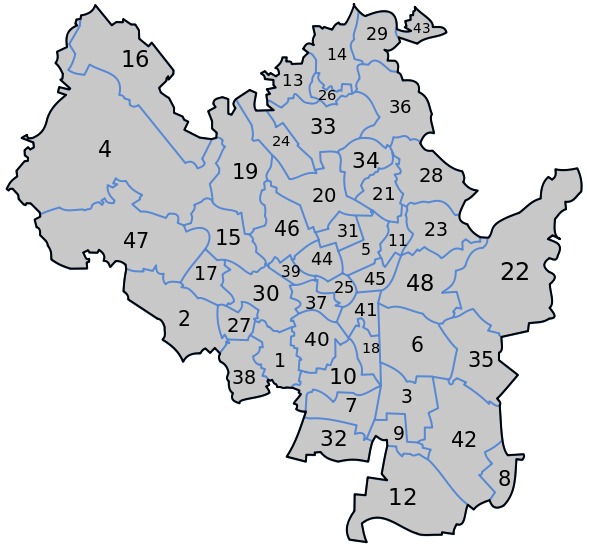
Found - http://www.avenuevine.com/movabletype/archives/BOLLA-MEZZACORNA-w.jpg
This blog is a map catalog in which I am displaying fifty different types of maps and a tid-bit of information that looks into the purpose of the map!









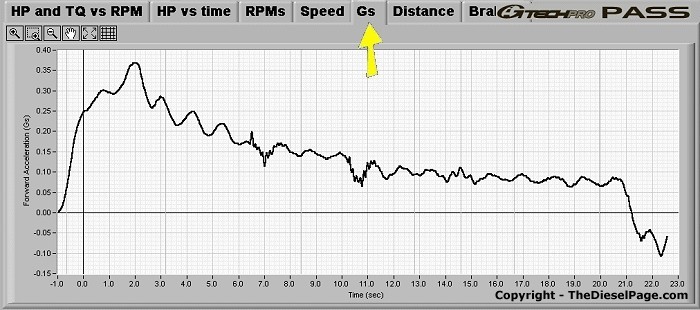
Unstandardized choropleth maps go the opposite direction of standardized maps, they do not have a ranking or order to their data, merely displayed data. This makes them far less common or used as they can be more involving for the reader to understand.






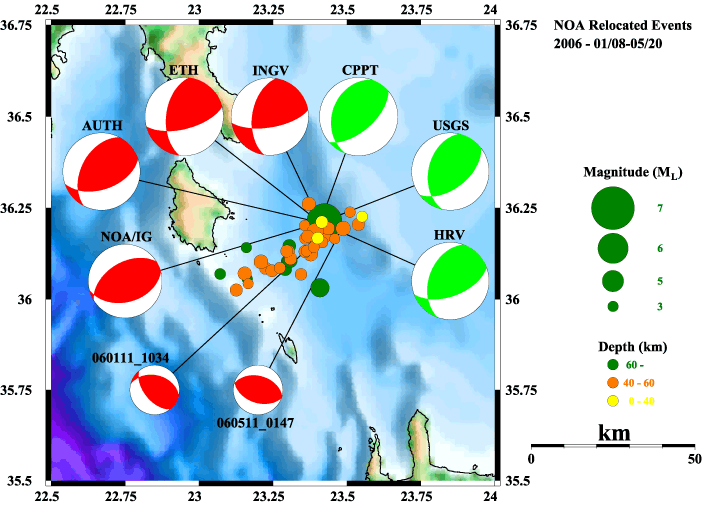
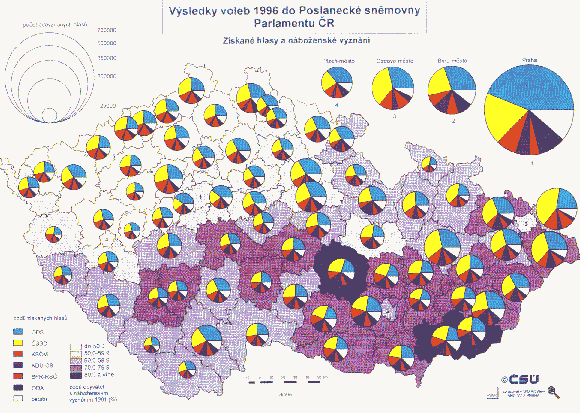


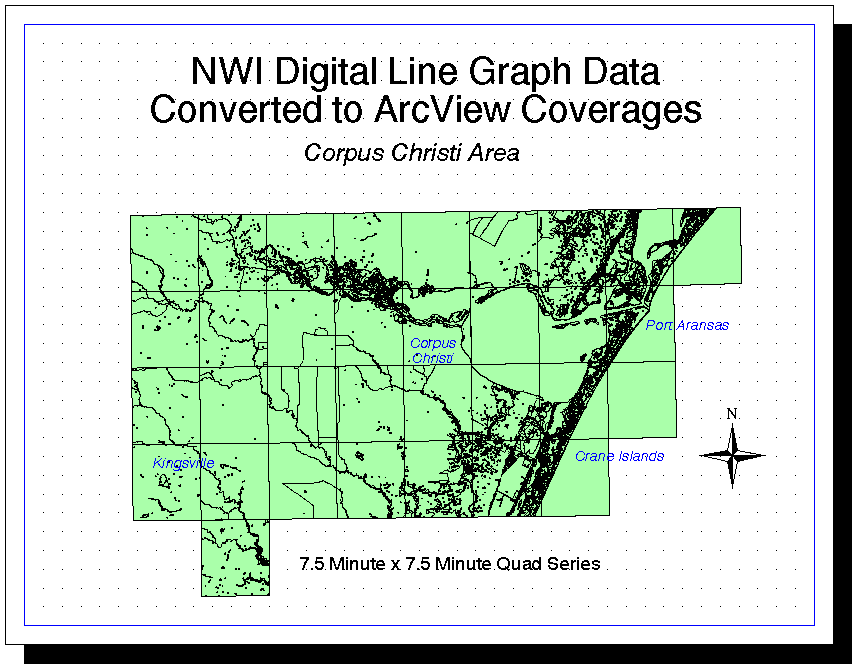


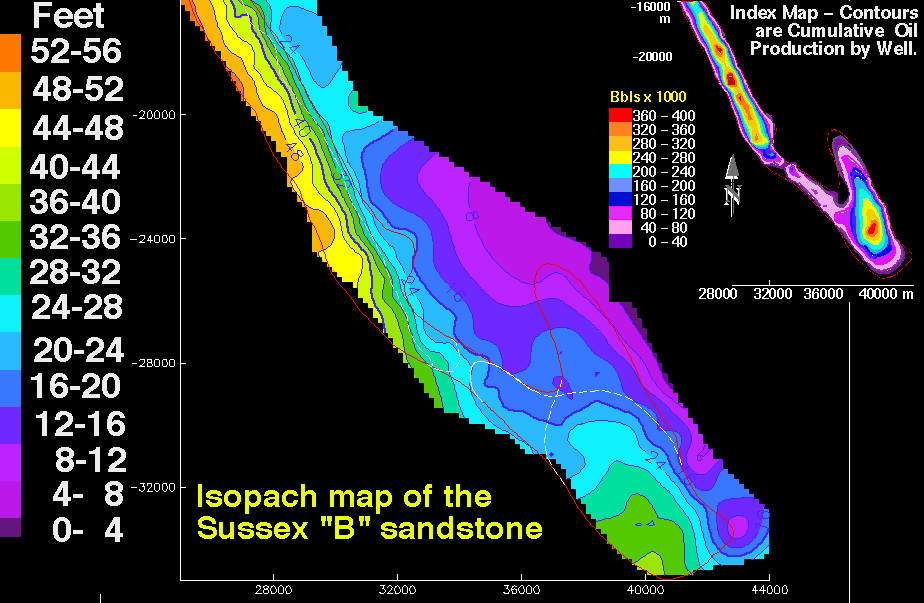





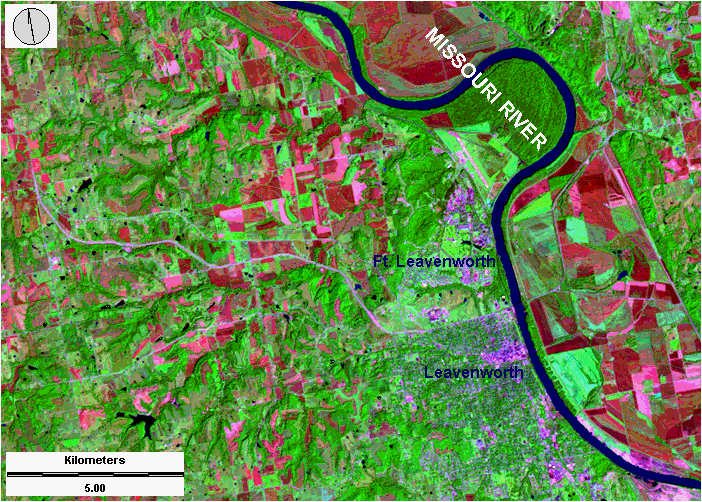


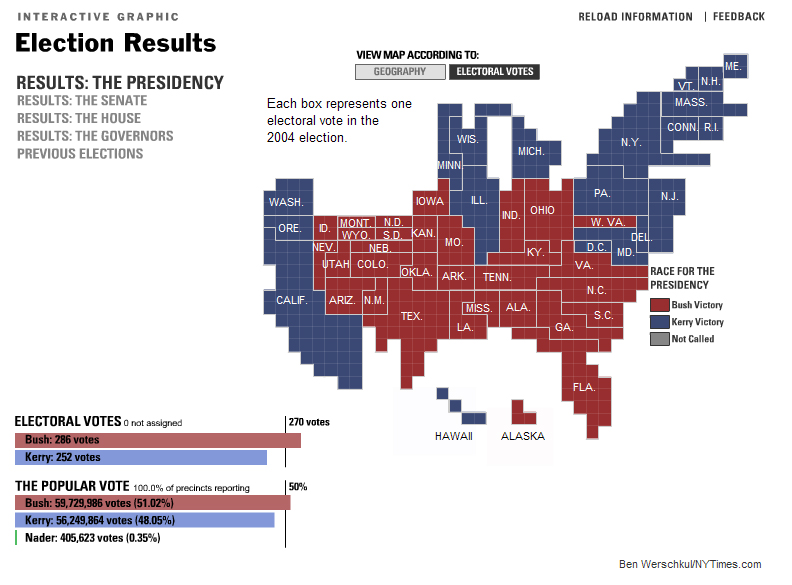





Found - www.student.britannica.com
